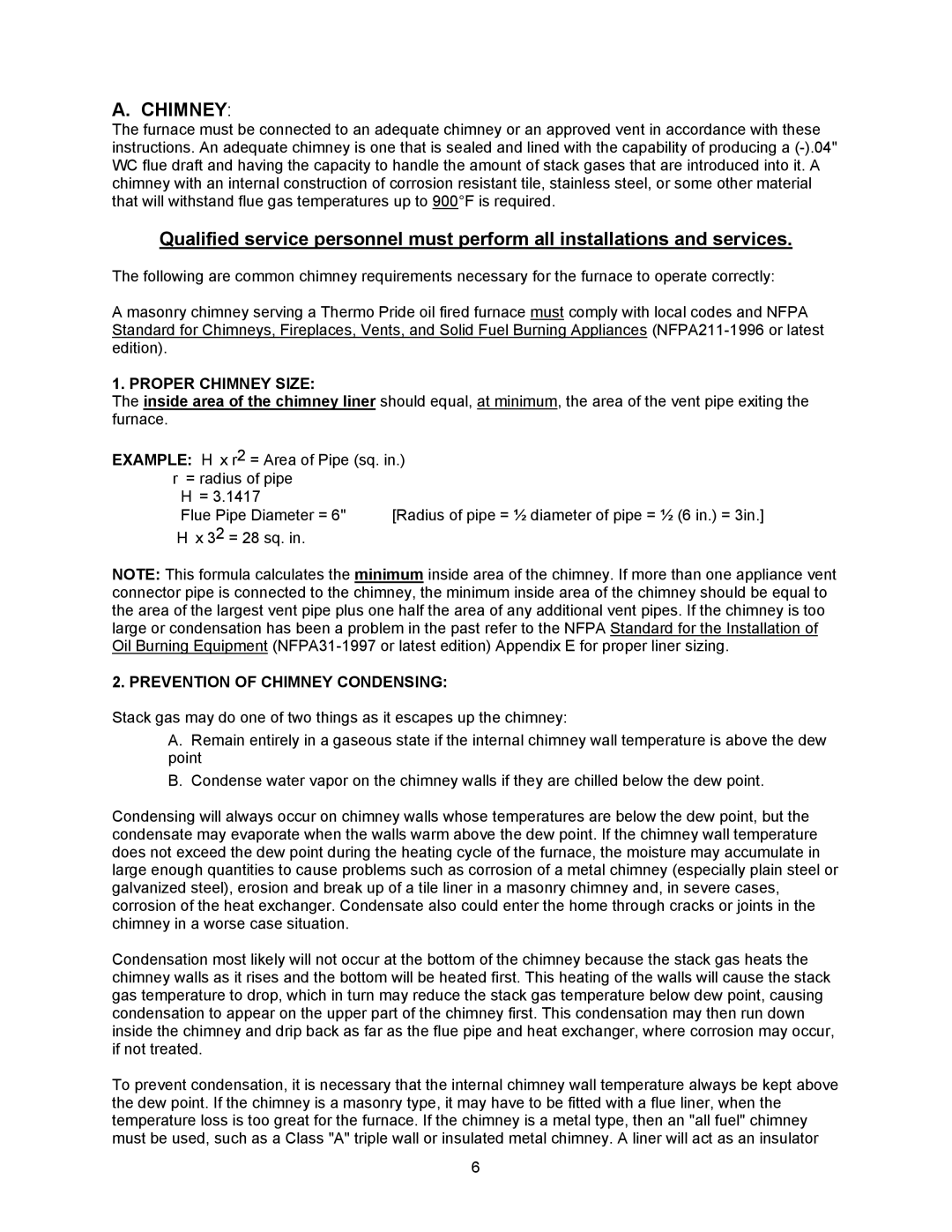OD6FA072D48B, OD6FA072DV5B, OD6RA075DV5R, OD6FA072D48R, OD6RA072D48R specifications
The Thermo Products range, which includes models OD6RA072DV5B, OD6RA072D48R, OD6FA072DV5R, OD6RA072D48B, and OD6RX072DV5R, represents an advanced line of HVAC solutions designed for efficient heating and cooling performance. These models are tailored to meet the rigorous demands of both residential and commercial environments, combining innovative technologies with user-friendly features.One of the standout features across these models is their enhanced energy efficiency. Utilizing advanced inverter technology, these units adjust their compressor speed to meet the precise heating or cooling demand, significantly reducing energy consumption and operational costs. Their Energy Star certification reflects their ability to perform optimally while minimizing environmental impact.
The OD6RA072DV5B and OD6RA072D48R models are particularly noted for their robust cooling capabilities, powered by cutting-edge refrigerant technology that allows for rapid cooling in even the hottest conditions. This is complemented by a multi-stage filtration system that not only improves air quality but also ensures a consistent airflow rate, reducing strain on the system.
In terms of installation and operation, these models are designed with user convenience in mind. The compact design allows for easy installation in a variety of settings, while the integrated smart controls enable remote monitoring and adjustments via mobile devices. This connectivity enhances user experience, providing real-time feedback on system performance.
The OD6FA072DV5R and OD6RA072D48B models are specifically engineered for superior quiet operation, incorporating sound-dampening technologies that minimize noise levels. This makes them an excellent choice for residential areas or spaces where noise reduction is a priority.
Durability and reliability are central characteristics of these Thermo Products models. Constructed with high-quality materials and protected against environmental factors, they have a longer lifespan compared to traditional HVAC systems. With a robust warranty program, users can have peace of mind knowing they are supported by a reliable product.
Overall, the Thermo Products line offers a competitive range of HVAC solutions. With their impressive efficiency ratings, advanced technologies, and user-centric features, models like the OD6RA072DV5B, OD6RA072D48R, OD6FA072DV5R, OD6RA072D48B, and OD6RX072DV5R stand as a testament to innovation in the heating and cooling industry.
